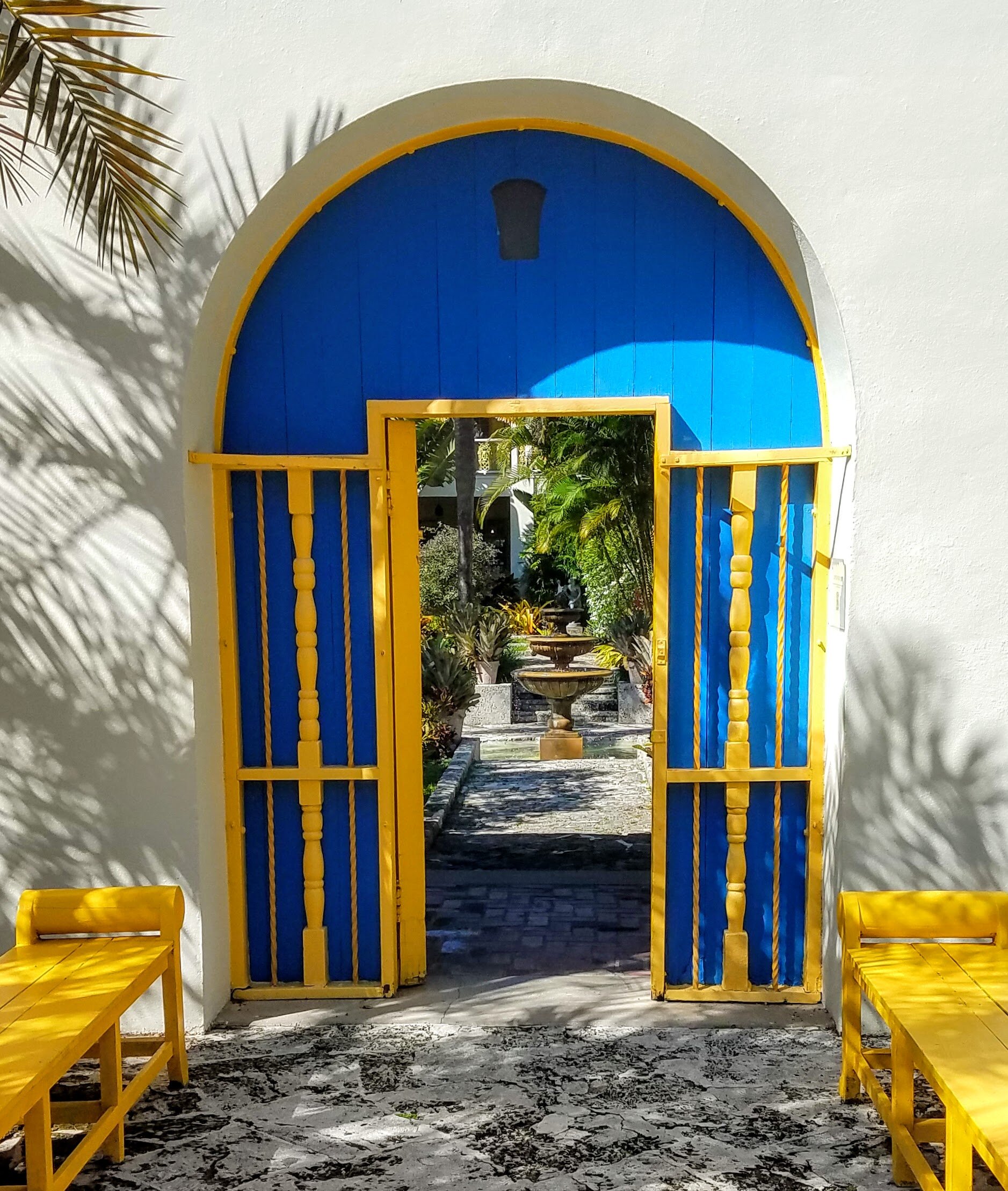Bonnet House, Fort Lauderdale, FL
Now for something completely different…a little bit of Fort Lauderdale history. As per the Sun Sentinel, Fort Lauderdale is named for the Army Major William Lauderdale, commander of 200 mounted Tennessee Volunteers who were posted to the new settlement in 1838 after the outbreak of the Second Seminole War. The troops followed a route from Jupiter, FL on Military Trail (a major highway now) to the banks of the New River. A wooden fort was constructed in 1838 and named for Lauderdale. This fort was eventually abandoned and when troops returned months later they found it burned. A series of two more Fort Lauderdale’s were created and they also did not stand the test of time.
Hugh Taylor Birch (picture courtesy of the History of Florida website)
The land that became Fort Lauderdale is a barrier island. The Tequesta and other Indians used the land for hunting & gathering but evidently did not inhabit the area. After Major Williams Lauderdale’s forts came and went, the next person to put claim to much of the land was Hugh Taylor Birch. According to the website of Florida State Parks; in 1893 Birch purchased 3 miles of the island for a total cost of $3,500. Much of this was sold in the 1920’s and later, he donated the right-of-way for Sunrise Boulevard, ceded land for Highway A-1-A, and leased or gave most of the beach he owned to the city. He moved again, into what is now called the Bonnet House, a 35-acre tract of land and in 1940, built a new home for himself on the property that is now the state park.
Birch gave the Bonnet House land to his daughter Helen and her new husband, Frederic Clay Bartlett, as a wedding gift. Frederic, although not an architect, designed and began building the house in the 1920’s and continued building for 20 years. Helen passed away in 1925 and six years later Frederic married Evelyn Fortune LIlly, who upon her passing (at 109!) entrusted her home to the state of Florida as a museum. The house was returned to its heyday of the 1930’s & 40’s and is well worth a visit.
An oil painting of Hugh Taylor Birch by Evelyn who, not a trained artist, loved to paint in oils and watercolor.
A 1937 oil on canvas by Evelyn of her husband, Frederic (nick-named Binkie after his favorite dog), and their daughter, Evie, wearing her debutante dress.
Evelyn had a large collection of animal sculptures and carvings which are displayed all over the property
One of many of Evelyn’s paintings hung in the outer studio
Front entry into the courtyard of the Bonnet House
Frederic’s art studio. He was a trained artist from Chicago that had many commissions, including several stained glass windows in many of Chicago’s churches.
More of Frederic’s studio & artwork
Evelyn enjoyed collecting barware and table settings. Our docent said that you could stay for a week and never see the same china setting twice.
The dining room door is surrounded by hand-painted Portuguese tiles and flanked by Frederic’s collection of beer steins.
More of Evelyn’s collections of china
The courtyard and fountain
The drawing room
The Shell Museum
The Orchid House
The Bamboo Bar where Evelyn often served her house specialty, a Rangpur Lime cocktail
The Loggia with ceilings painted by Frederic and Giraffes from a carousel that Evelyn purchased.
The courtyard walkways have the original rafters made from Florida Pine (that resists wood infestations) and the original brick brought over as ballast in ships from New York
The courtyard gardens & Aviary
The view from Chickee Bridge of the waterways. Originally, the only way you could get to Bonnet House was by boat
More views from the bridge that show how the city has grown-up around the house and grounds
And not to disappoint…after all this history and culture we had to get a beer at the Elbo Room






















